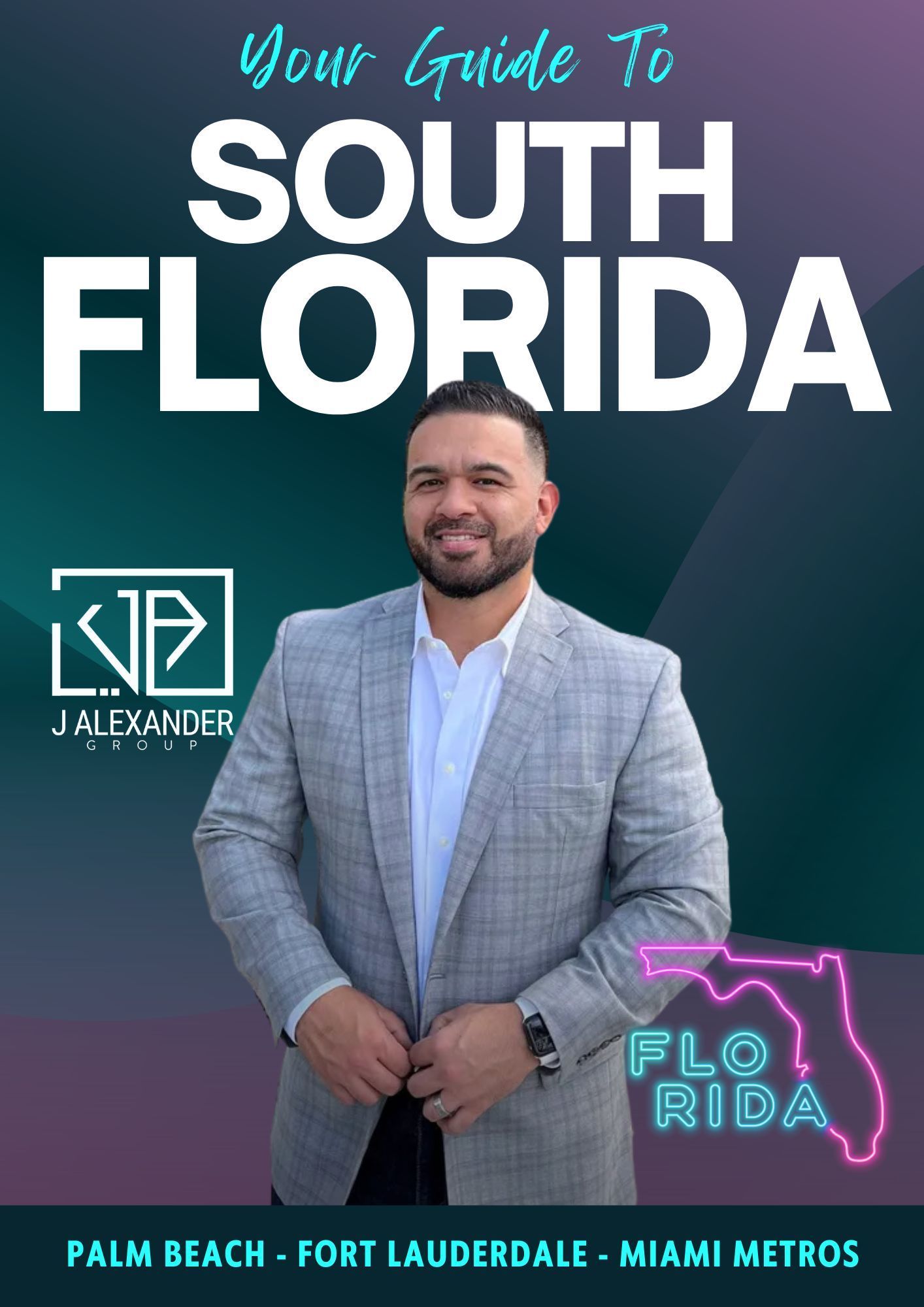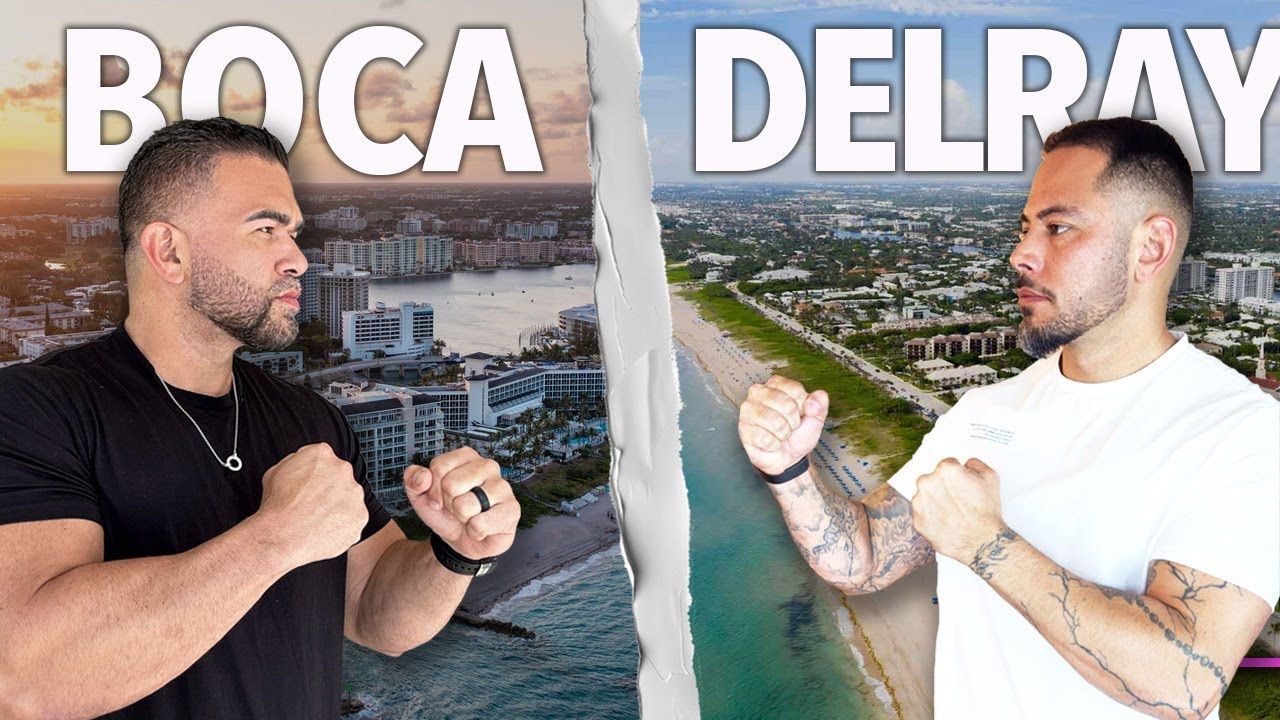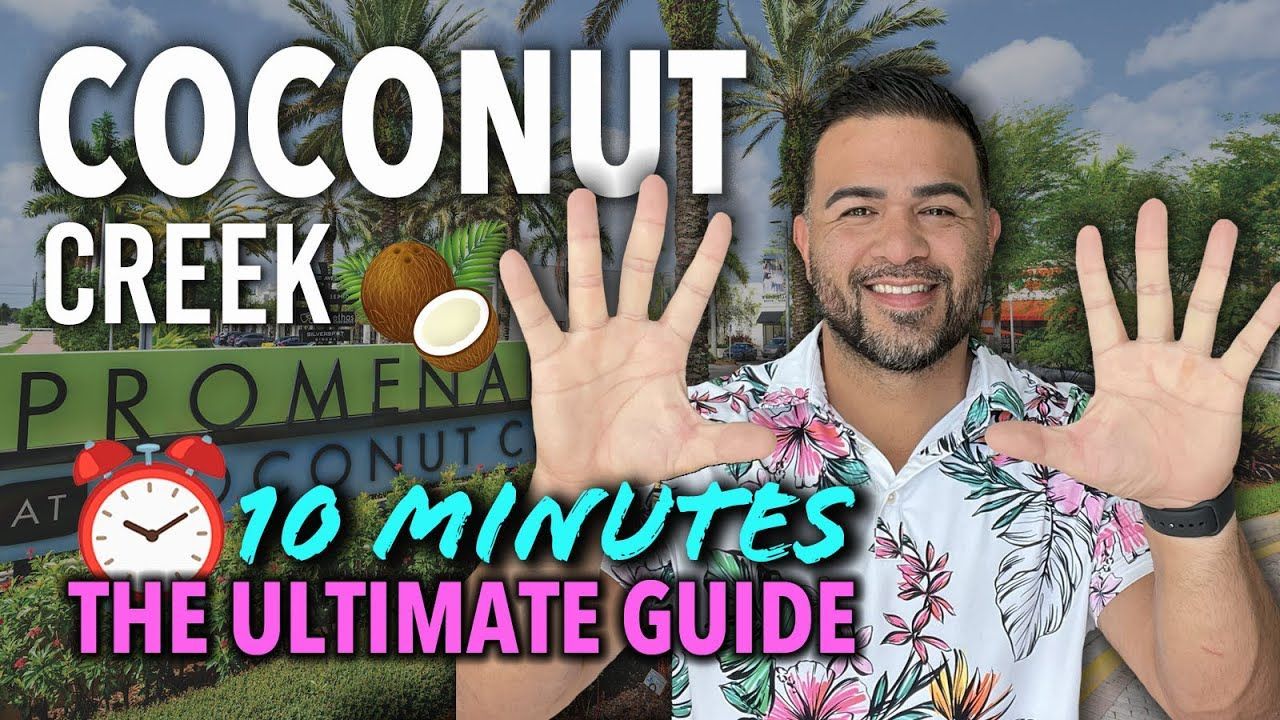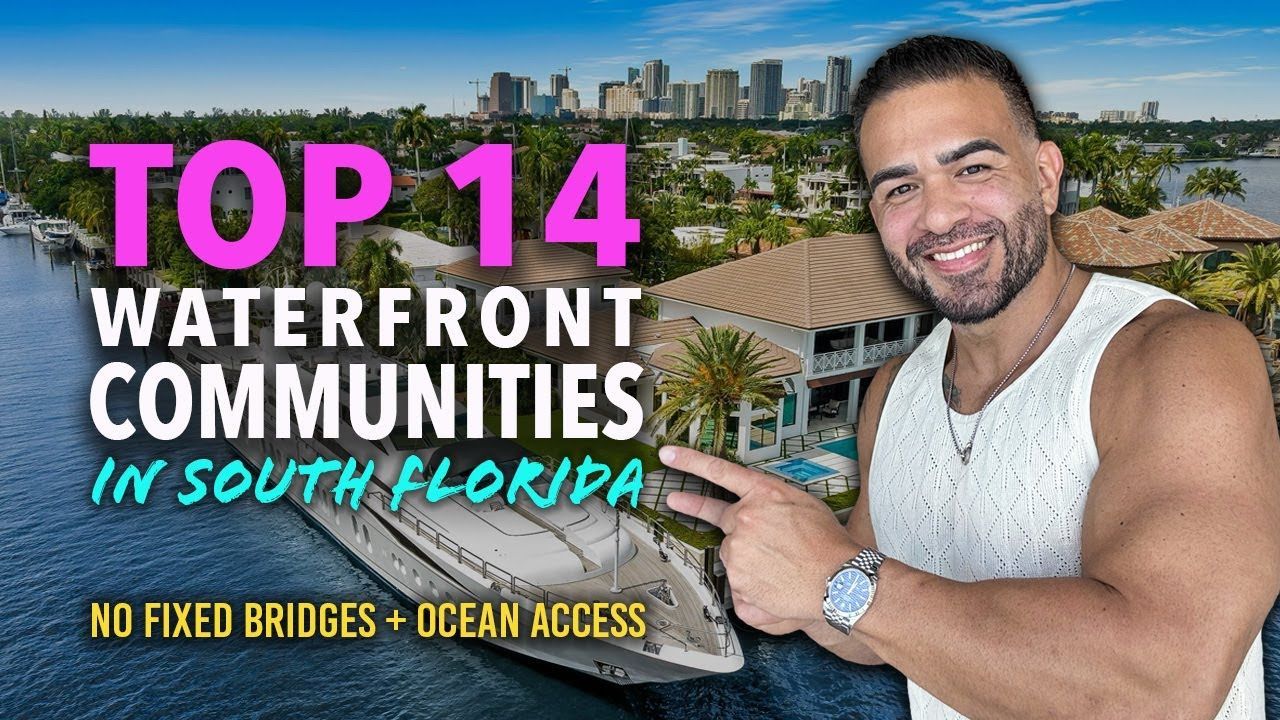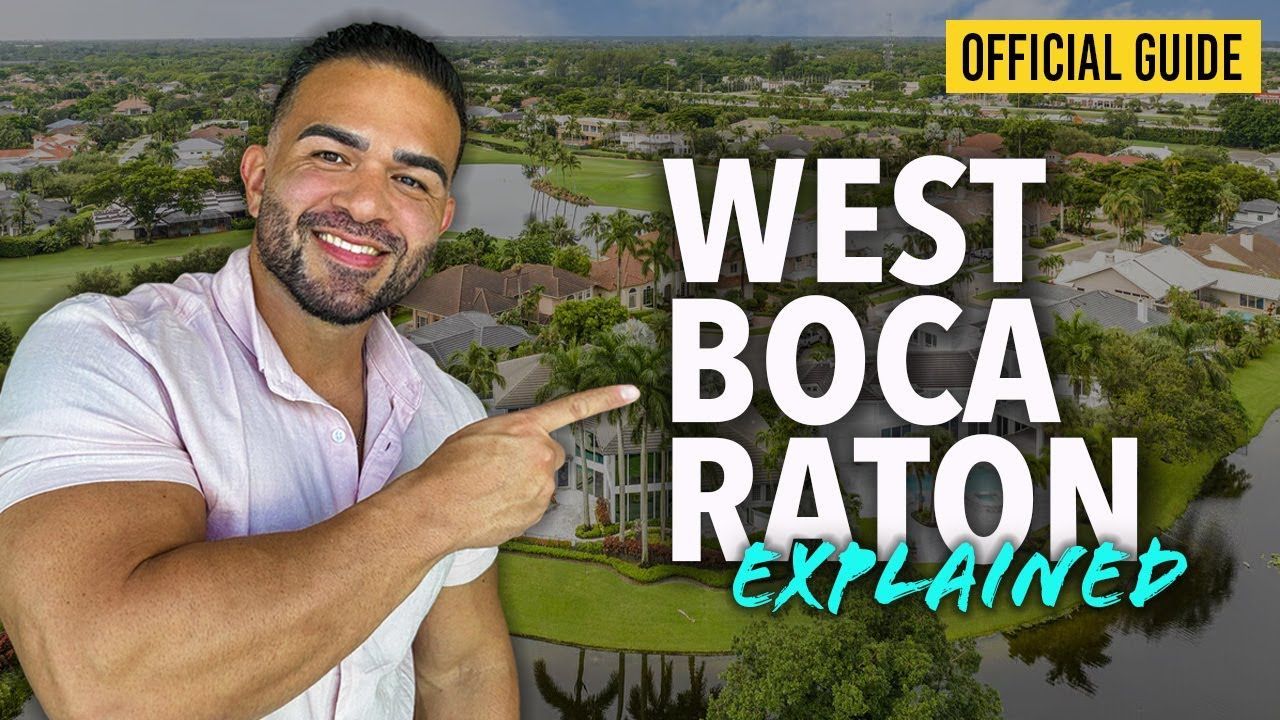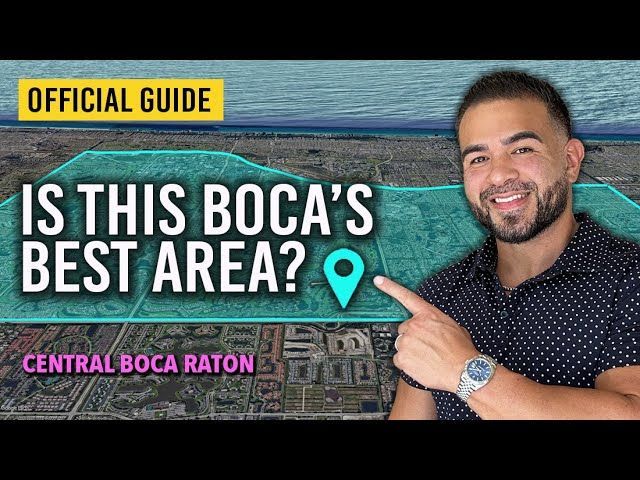Is your Home Ready for a Hurricane in Florida? 9 Things YOU MUST DO!
Hello — I’m Jonathan Alexander from LIV South Florida. If you’re thinking about living in Florida or you just unpacked boxes after a move, welcome. I created a video covering the nine essential steps to hurricane-proof your home, and this article expands on those tips so you can prepare calmly and confidently. Whether you’re brand new to living in Florida or you’ve been here a few seasons, this guide walks you through practical, tested actions that reduce damage, protect family, and ease hurricane-induced anxiety.
Table of Contents
- Intro: Why Hurricane Prep Matters When Living in Florida
- Step #1 - Install Storm Shutters
- Step #2 - Secure Outdoor Items
- Step #3 - Check Your Roof
- Step #4 - Gather Emergency Supplies
- Step #5 - Know Your Evacuation Routes
- Step #6 - Have a Family Communication Plan
- Step #7 - Check Your Insurance Coverage
- Step #8 - Protect Important Documents
- Step #9 - Reinforce Your Garage Door
- FAQs About Hurricanes and Living in Florida
- Closing Thoughts
Intro: Why Hurricane Prep Matters When Living in Florida
One of the realities of living in Florida is that hurricane season stretches for months — typically from June through November — and when the weather turns, you usually have a few days of warning. That’s both a blessing and a responsibility. Unlike earthquakes or sudden tornado strikes, hurricanes give us time to prepare. If you’re living in Florida, use that time wisely: build a checklist, stock supplies, and complete structural upgrades before storms form.
Living in Florida comes with amazing weather, beaches, and lifestyle perks — but it also means adopting a hurricane routine. This guide covers nine critical actions: storm shutters, securing outdoor items, roof checks, emergency supplies, evacuation planning, family communication, insurance reviews, document protection, and garage door reinforcement. Read on, save screenshots, and use the checklists as you prepare.
Step #1 - Install Storm Shutters
Storm shutters are the first line of defense. Think of them as sunglasses for your windows: they block flying debris, reduce wind pressure on glass, and help keep the interior dry. If your home doesn’t have permanent storm protection, get plywood ready. Use at least 5/8" exterior-grade plywood, cut precisely to fit each opening.
- Why it matters: windows are vulnerable to debris. Once glass breaks, wind and water can rush into your home and cause structural and interior damage.
- Building code context: Florida updated code after Hurricane Ian and now requires hurricane protection in many areas. South Florida is considered a windborne debris region — meaning protection for windows and doors is mandatory in many places.
- Impact windows: these are tested to resist debris hits and can withstand very high wind speeds. They reduce noise, condensation, and even break-ins. If you plan to stay in Florida long-term, upgrading to impact windows is an investment that pays off in safety and comfort.

Quick hack if you don’t have impact windows: rub a bar of soap or wax along window seams. That small waterproof barrier can reduce leaks from heavy rain. It’s not a replacement for proper shutters, but it helps in a pinch.
Step #2 - Secure Outdoor Items
One of the most common causes of property damage during a hurricane isn’t the wind itself — it’s the projectiles the wind creates. Patio furniture, grills, garden gnomes, and even small sheds become dangerous missiles. When living in Florida, treat every loose outdoor item as potentially lethal during a storm.
Actions to take:
- Bring lightweight items indoors or into the garage.
- Anchor heavy furniture to fixed structures with straps or bungee cords — yes, bungee cords work in a pinch when attached properly to railing or fence posts.
- Secure or remove grills and loose equipment. Turn off propane tanks and move them into a secure area if possible.
- Trim trees and remove dead branches. Coconuts and palm fronds can cause significant damage.
- Clear gutters, downspouts, and drains to allow water to flow away from the house.
Remember: the physical injuries after hurricanes most often come from high winds and collapsing or flying debris. Being proactive with yard and outdoor item management reduces risk to neighbors and your own home.
Step #3 - Check Your Roof
Your roof is the most vulnerable structure on your house during a hurricane. Loose shingles or tiles can be ripped off and become projectiles, or they can expose the interior to massive water intrusion. When living in Florida, roof maintenance is not optional — it’s essential.
- Inspect shingles/tiles annually and replace or secure anything loose.
- Clean gutters and downspouts so water drains properly.
- Consider hurricane-grade upgrades: straps and clips that connect roof to wall framing make roofs far less likely to lift off in high winds.
- Keep tarps on hand for emergency temporary covering of damaged areas.
- Don’t forget skylights — they’re fragile and easy to blow out. Cover them with plywood or metal caps if necessary.

New codes require secondary water barriers (peel-and-stick membranes) beneath roof coverings and higher wind resistance standards for roofing materials — often up to 150 mph ratings. If you’re living in Florida, get your roof inspected sooner rather than later: professional roofers get booked quickly once storm warnings are issued.
Step #4 - Gather Emergency Supplies
When living in Florida, your emergency kit is the core of your household’s resilience. Treat it like planning for an indoor camping trip: you want enough supplies to remain safe and relatively comfortable for several days without power or water.
Essential supply checklist:
- Water: at least one gallon per person per day (several days’ supply).
- Non-perishable food, paper plates, disposable utensils.
- Flashlights, extra batteries, and a battery-powered or hand-crank radio.
- First-aid kit and all necessary prescription medications.
- Cash: ATMs and credit terminals may be down after storms.
- Portable chargers, solar chargers, or a portable power bank.
- Generator (if you have one): confirm it’s serviced and you have fuel safely stored.
Eight practical hacks to stretch supplies and stay organized:
- Freeze Ziploc bags of water to use as ice packs — they keep food cold and become drinking water as they melt.
- Create a hurricane pantry: a single shelf or closet stocked with ready-to-eat food and disposable tableware.
- Fill your bathtub with water for flushing toilets and cleaning if water service is interrupted.
- Assemble a hurricane "go bag" with essential documents, medications, snacks, and toiletries.
- Keep or build a DIY solar charger kit to keep phones and small devices alive during outages.
- Fill freezer gaps with ice or frozen bottles to keep food cold longer during outages.
- Clean and seal a large food-grade trash can with water for emergency washing and flushing water reserves.
- Make a storm survival kit for kids with games, books, and comfort items to manage anxiety when devices are offline.
Step #5 - Know Your Evacuation Routes
Hurricanes can change course rapidly. Knowing when to leave, where to go, and the fastest route to safety is crucial when living in Florida. Don’t wait until the last minute to figure this out.
Evacuation planning tips:
- Identify several destinations: friends or family outside the impact zone, a hotel inland, or official shelters.
- Keep maps and printed route copies; GPS may be unreliable during outages.
- Fuel your car ahead of time. For electric vehicles, keep them charged.
- If you don’t have a vehicle, coordinate transportation with neighbors or register with your county emergency management for public transit evacuation options.
- Plan for pets — not all shelters allow animals. Know pet-friendly shelters or boarding options in advance.

Most coastal Florida counties have designated evacuation zones. Interior counties may not, but they can still be affected by flooding. Check local county resources for zone maps and emergency instructions — keep those links saved on your phone and printed in your go bag.
Step #6 - Have a Family Communication Plan
During and after a storm, cell networks can be overloaded. A clear communication plan reduces panic and accelerates reunification if separated. When living in Florida, make this plan part of your regular household routine.
What to include in your plan:
- Primary and secondary meeting locations (one near home and one outside the immediate area).
- Phone numbers and emails for everyone in your household, plus emergency contacts and health providers.
- Designate a single out-of-area contact person who can act as a central relay — long-distance calls often go through when local lines are congested.
- Keep contact details written down in wallets and on printed cards — batteries die and phones get wet.
- Include instructions for elderly family members, kids, and service animals.
Practice the plan occasionally, especially if you have children or elderly relatives. Repetition reduces confusion when the real emergency arrives.
Step #7 - Check Your Insurance Coverage
Insurance is often the most frustrating piece of hurricane recovery because gaps and exclusions appear after the fact. Before a storm hits, review your policies so you’re not surprised by uncovered losses when living in Florida.
- Homeowners insurance in Florida commonly covers wind damage, but not all policies do. Some policies exclude wind and are called "X-wind" policies.
- Flood damage is usually not covered under standard homeowners policies — purchase flood insurance through the National Flood Insurance Program (NFIP) or a private carrier if you live in a flood-prone zone.
- Understand how water damage is treated — some policies cover water that enters because wind removed part of the roof, but not rising floodwaters.
- Make an inventory of your possessions and keep receipts or photos to speed claims processing.
Fact: Floridians pay significantly more for homeowners insurance compared to the national average. The Insurance Information Institute has reported higher average annual premiums in Florida due to storm risks and market factors. That makes being thorough with coverage and mitigation measures even more important for people living in Florida.
Step #8 - Protect Important Documents
After a hurricane, practical recovery begins with paperwork: insurance policies, property deeds, IDs, medical records, and photos of your home’s condition. Keep them safe ahead of time.
Protection strategies:
- Store originals in a bank safe deposit box or a home fireproof/waterproof safe.
- Keep encrypted electronic copies on a password-protected external drive and in a secure cloud storage service.
- Label and photograph valuable items and keep a digital inventory for insurance claims.
- Make a short prioritized list of “grab items” if you must evacuate quickly.
Pro tip I use myself: Dishwashers are pretty effective as waterproof containers in an emergency. If you have to protect small valuables and documents quickly, placing them in the dishwasher — closed and latched — provides short-term water resistance. It’s not a long-term vault, but it’s a clever last-minute option.
Step #9 - Reinforce Your Garage Door
A weak garage door can compromise your whole house. When a garage door fails under pressure, high winds can rush into the home and dramatically increase interior pressure, which can lift roofs and blow out windows. Strengthening your garage door is one of the most cost-effective structural upgrades for those living in Florida.
Strengthening options:
- Install reinforced braces on the interior side of the door.
- Attach pre-manufactured hurricane panels to the exterior for quick installation.
- Upgrade to a storm-rated/impact-rated garage door — a far better long-term solution than temporary braces.

Investing in a storm-ready door saves time during a threat and greatly reduces the chance of catastrophic interior pressurization. If you plan to remain living in Florida long-term, upgrading garage doors is a smart move.
FAQs About Hurricanes and Living in Florida
How soon should I start preparing for hurricane season if I’m new to living in Florida?
Start now. Buy staples, identify local resources, and schedule roof or window inspections early in the season. Contractors get very busy when storms form, so being proactive avoids last-minute stress.
Are impact windows really worth the investment for someone living in Florida?
Yes. Impact windows add protection against debris, reduce noise, lower condensation and energy bills, and improve home security. For many homeowners, the long-term benefits and risk reduction justify the upfront cost.
What’s the difference between wind damage coverage and flood insurance?
Standard homeowners policies often cover wind damage (though some policies exclude it). Flood damage is typically covered only by separate flood insurance. If you live in a flood-prone area or near the coast, buy flood coverage — it’s crucial.
How long should my emergency water and food supplies last?
Aim for at least 3–7 days of water (1 gallon per person per day) and food for the same period. Many experts recommend a week or more depending on your location and vulnerability to prolonged outages.
If I’m asked to evacuate, what are the highest-priority items to take?
Medications, important documents (insurance, IDs, medical records), cash, phone chargers, and basic toiletries. If time allows, also bring sentimental valuables and a small supply of nonperishable food and water.
Can I use bungee cords safely to secure furniture outside?
Yes when used correctly. Bungee cords can hold heavy furniture to fixed anchors as a temporary measure. However, do not rely on them as the primary protection for lightweight items — bring those inside if possible.
Closing Thoughts
Living in Florida means enjoying a wonderful lifestyle with some unavoidable weather risk. The good news: most hurricane damage is preventable with preparation. Use the nine steps in this guide as your baseline. Start early, invest where it matters (windows, roof, and garage door), maintain supply stockpiles, and rehearse your evacuation and communication plans.
If you have more questions about living in Florida, moving here, or need local resources for contractors and inspections, call or text us at 561-962-2865. We’re here to help you make smart decisions. Stay safe, stay prepared, and enjoy everything that comes with living in Florida.
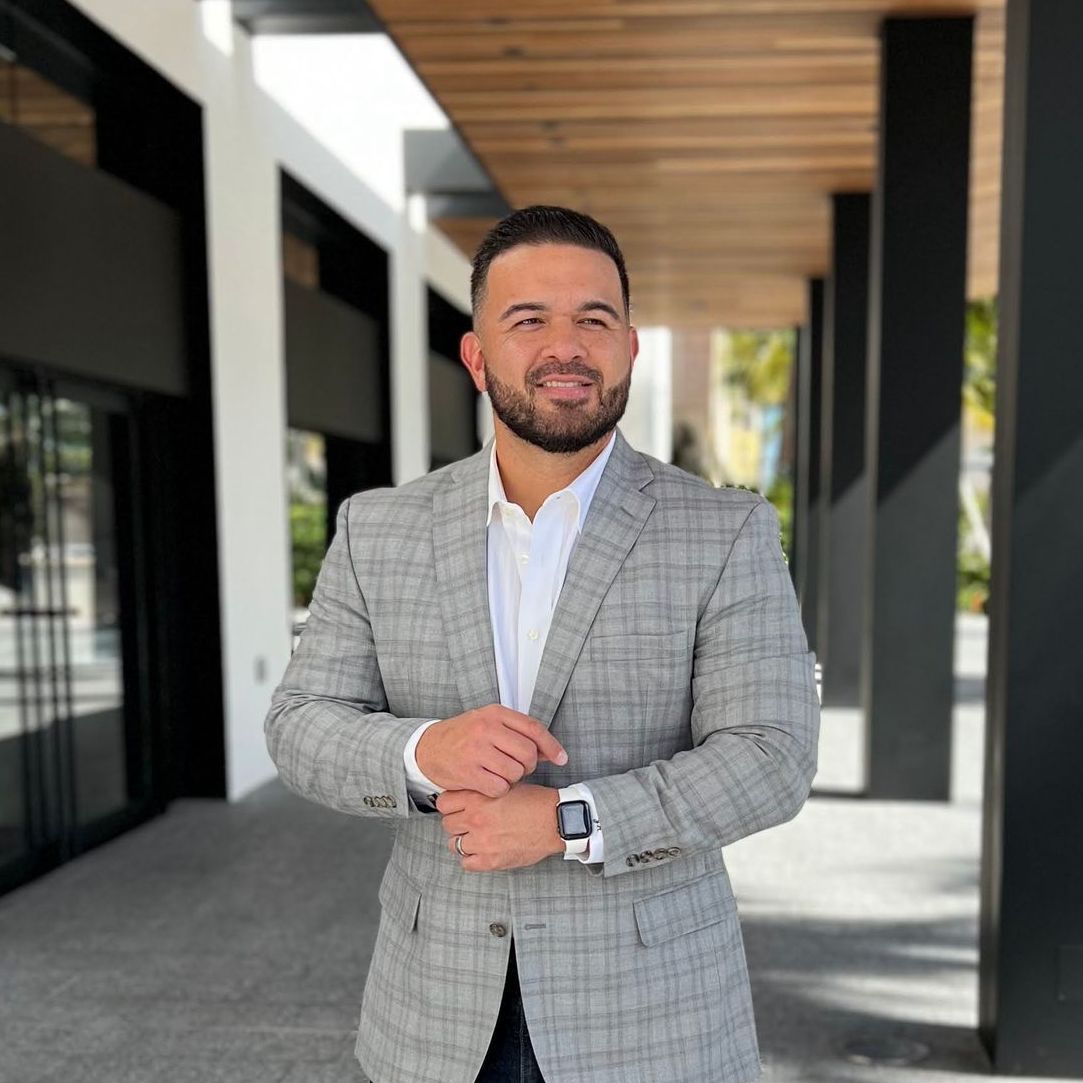
Jonathan Alexander creates educational YouTube content to guide potential buyers through the process of relocating to South Florida, offering insights on the best places to live and what to expect. As a seasoned Realtor®, he combines his expertise with a passion for helping clients make informed real estate decisions.


